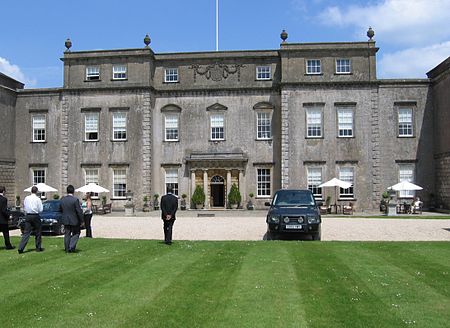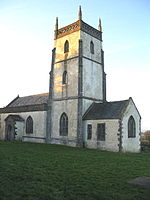Ston Easton Park

Ston Easton Park is an English country house built in the 18th century. It lies near the village of Ston Easton, Somerset. It is a Grade I listed building and the grounds are listed Grade II on the Register of Historic Parks and Gardens.The current house was built around 1750 to 1760 on the site of a Tudor building. The architect may have been Thomas Paty. It was occupied by the descendants of the commissioning owner, John Hippisley-Coxe, until 1956. Since then owners including William Rees-Mogg and Peter Smedley have been involved in restoring the house, which is now in use as a private house for events. The two-storey house has a symmetrical facade with projecting wings either side of the central doorway with a Tuscan portico. The interior of the stone house is decorated with extensive plaster mouldings to ceilings and fireplaces. The grounds and gardens were laid out by Humphry Repton, but have since been reduced in size.
Excerpt from the Wikipedia article Ston Easton Park (License: CC BY-SA 3.0, Authors, Images).Ston Easton Park
High Street,
Geographical coordinates (GPS) Address Nearby Places Show on map
Geographical coordinates (GPS)
| Latitude | Longitude |
|---|---|
| N 51.285 ° | E -2.5436111111111 ° |
Address
High Street
BA3 4DF , Ston Easton
England, United Kingdom
Open on Google Maps








